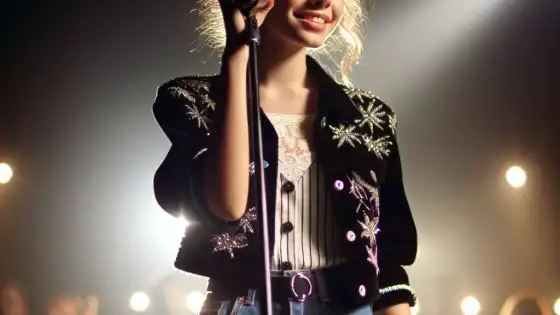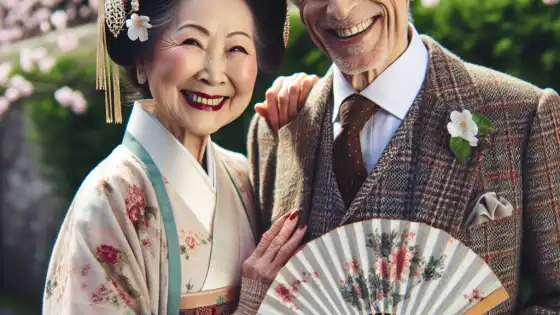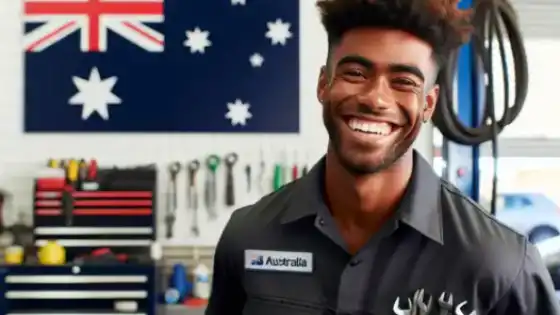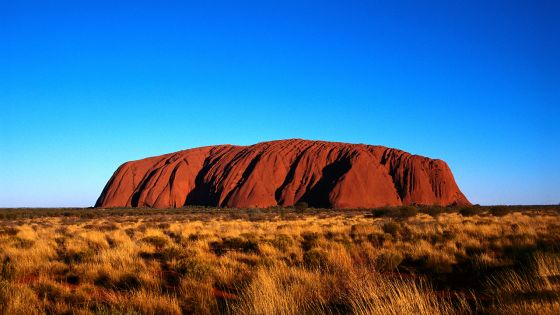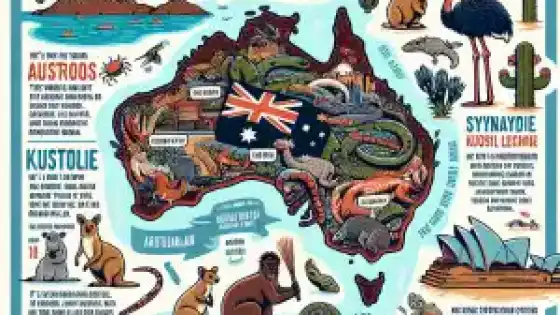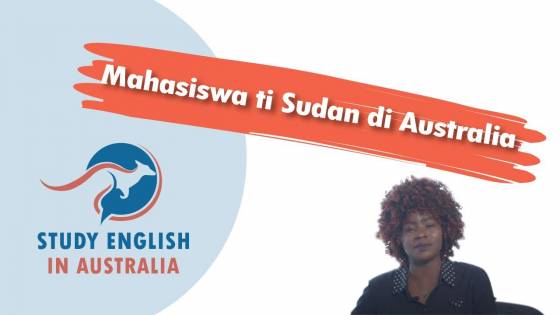Ep 13: Australian Wildlife Australian Amphibians
#studyinaustralia Australian Amphibians
This episode is devoted to Australian amphibians.
Amphibians are cold blooded, meaning they keep warm from external heat sources much like lizards. This group includes frogs, toads, newts and salamanders. But we are going to focus on frogs.
Amphibians have a biphasic lifestyle. This means they have two different stages of life. The first is an aquatic, gill-breathing, larvae stage, the second is a terrestrial, lung-breathing, adult stage. There are 240 species of amphibian in the Australia wild. Frogs make up all 240 species. Australian frogs have proven to survive is a vast range of habitats. Although adult frogs have lungs, they also breathe through their skin. This is known as cutaneous gas exchange and it can help them regulate their moisture level.
The biggest threats to frogs are from habitat destruction, pollution, climate change and disease. A very simple way to help is avoiding the use of chemicals or insecticides in your garden (specifically near any water source) as this can be a very common place for frogs to reside. And you don’t want to accidently harm them in the process of trying to keep a nice garden.
Tree Frogs
Tree frogs account for 78 of the 240 species of frogs in Australia. Despite the name, tree frogs aren’t always arboreal (meaning to live in a tree). The arboreal tree frogs are typically very small as they live under leaves and need to have their weight supported by thin branches.
Tree frogs have a bone called the terminal phalanx, which is the last bone in their toe and shaped like a claw. They also have pads on their feet to help them climb with ease on the rough bark of a tree as well as smoother surfaces.
The tiniest tree frogs are even smaller than 2.5cm long. And the largest tree frogs are the first species I want to introduce you to.
White-lipped Tree Frogs
Also know at the Giant Tree Frog (a very appropriate name for it). It is the largest tree frog in the world. Females are the larger of the two sexes with a length of 14cm, this is the size of my hand.
They are commonly a bright green and can also have red-brown shades depending on the temperature. A white stripe runs along the frog’s lips and down its neck. They also have fully webbed toes but only partially webbed hands.
These gentle giants can be kept as pets in Australia but only with the appropriate permit.
Green Tree Frogs
These are also able to be kept as pets, like Giant Tree Frogs and they have similar colouring. Typically, a bright green colour, although occasionally a blue or yellow specimen has been found that lacks the opposite colour pigment in its skin.
The Green Tree Frogs are up to 12cm long (not including their limbs). They have long limbs that stretch up and tuck in neatly when they sit and propel them upward when they jump. They love to climb too. Using their long limbs as well as their gripping pads on their feet to easily scale smooth surfaces.
They like to be in places where it is cool and moist which is why they can sometimes be found in water tanks, pools, drain pipes and mailboxes. They can also use these sort of spaces to increase the volume of their croak during mating season by creating a loud echo of their voice. They are very helpful in the garden by eating moths, insects, spiders, mice and other small animals. And they are great hunters at night, previously being known to catch a small bat as they fly out of their dark cave.
Green and Golden Bell Frogs
These frogs are marked with bright green and brown stripes and blotches across their dorsal side. They are native to Eastern Australia and are one of the examples of Tree Frogs that aren’t arboreal. They are a ground dwelling species. Females can be up to 11cm. Males are considerably smaller, roughly 7cm.
This species of frogs are classified as vulnerable (which means they are endangered).
Australian Red-eyed Tree Frogs
Not to be mistaken for the South American namesake. Australian Red-eyes Tree Frogs spend most of their time in trees, mainly only coming down to breed after heavy rain.
They have webbing on their feet and their legs are very long. These features make them strong swimmers and they have powerful hops. They will propel themselves at insects on high branches and land meters lower.
Males are just over 6cm and females are slightly larger just under 7cm.
Blue Mountain Tree Frogs
Blue mountain Tree Frogs are river dwellers, only grow up to 6cm and are rarely seen. They easily hide under rocks due to their smaller size and have agile movements between the water and the land.
They are olive-brown to lime-green. They have brown-black stripes run from its nose to its tail along either side of its body. They also have red shades in their thighs and sides.
More at:
https://studyinaustralia.tv/en
#studyinaustraliatv
#studyinaustralia



